Which Indian Dish Is the Healthiest?
Introduction: India’s Culinary Wisdom and Health
India is home to one of the oldest food traditions in the world, shaped by Ayurveda, regional diversity, and a strong emphasis on wholesome ingredients. Contrary to the perception that Indian food is oily or heavy, many dishes are packed with nutrients, low in calories, and ideal for balanced diets.
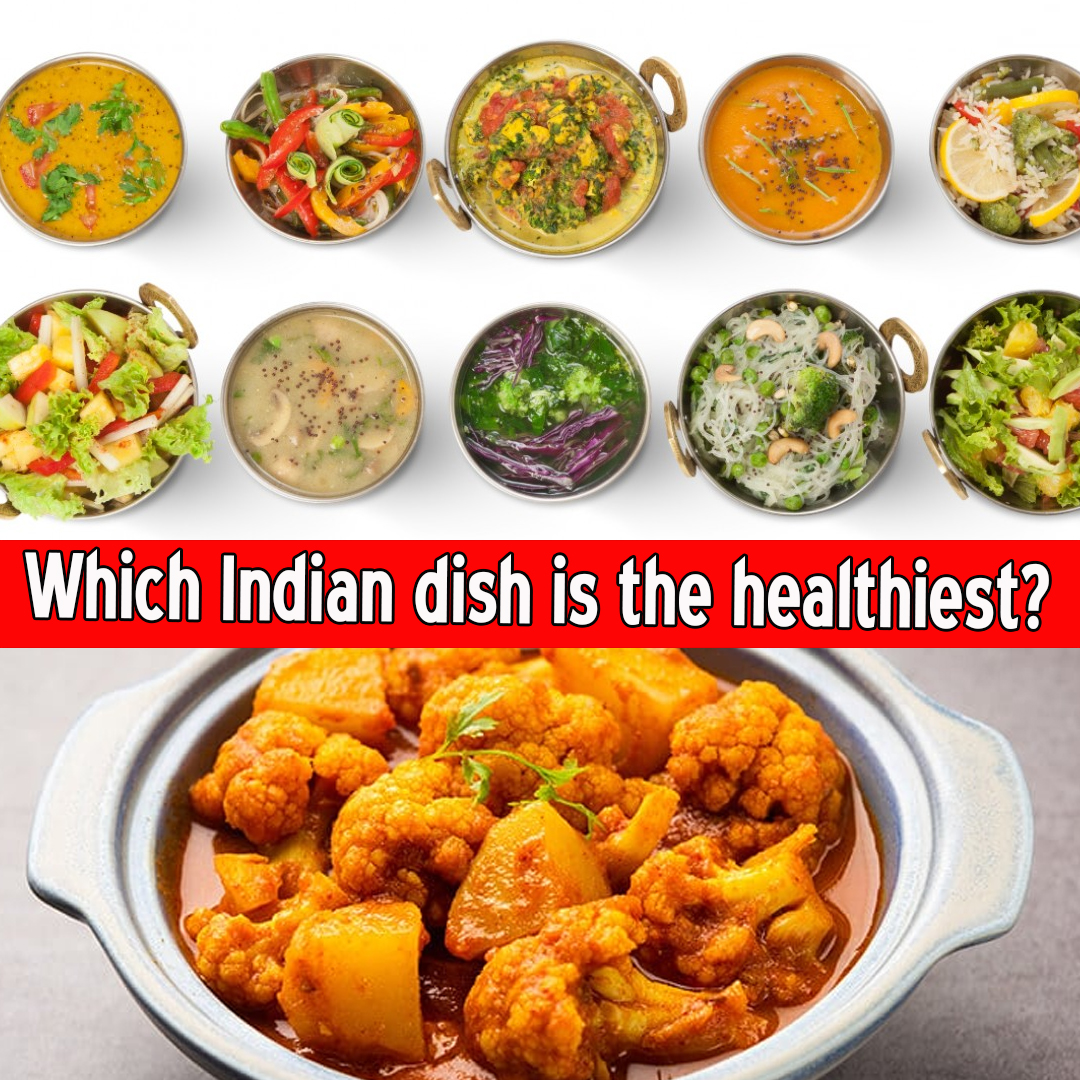
Which Indian dish is the healthiest?
So, what is the healthiest Indian dish?
While multiple dishes could qualify depending on diet goals, digestion, and regional ingredients, Khichdi often earns the title of “India’s healthiest dish” — a simple, soothing, balanced meal that combines rice, lentils, vegetables, and spices in perfect harmony.
- What makes a dish “healthy” in Indian context
- Why Khichdi stands out as a superfood
- Nutritional profile of Khichdi
- Variants of Khichdi across India
- Other top contenders for healthiest Indian dishes
- Indian superfoods and spices that enhance nutrition
- Expert and Ayurvedic perspectives on healthy eating
Part I: Defining Health in the Indian Food Context
✅ 1. Wholesome Balance
A healthy Indian dish should ideally:
- Be balanced in macros – carbs, protein, fats
- Provide micronutrients – vitamins, minerals, antioxidants
- Be easy to digest
- Suit all age groups
- Avoid refined, processed ingredients
- Be hydrating and fiber-rich
✅ 2. Ayurvedic Principles of a Sattvic Meal
In Ayurveda, healthy food is:
- Sattvic (pure, calming, and spiritual)
- Light on the stomach
- Cooked and eaten fresh
- Free from heavy oil, processed meats, and strong stimulants
- Includes seasonal vegetables, whole grains, pulses, and healing spices
Part II: Khichdi – The Healthiest Indian Dish
🥣 What is Khichdi?
Khichdi is a comforting, one-pot meal made with:
- Rice or millets
- Moong dal (yellow split lentils)
- Vegetables (carrot, beans, peas, spinach, bottle gourd)
- Mild spices like cumin, turmeric, ginger
- Optional additions: ghee, garlic, curry leaves
It is easy to digest, protein-rich, and gluten-free.
🟢 Nutritional Profile (1 Bowl ~300g of Moong Dal Khichdi)
| Nutrient | Value (Approx) |
|---|---|
| Calories | 230 – 300 kcal |
| Protein | 10 – 14 g |
| Carbohydrates | 35 – 45 g |
| Fiber | 6 – 8 g |
| Fats (Good fats) | 5 – 8 g |
| Sodium | Low (unless salted) |
| Cholesterol | 0 |
✅ Health Benefits of Khichdi
- Balanced Meal: Carbs (rice), protein (dal), fiber (veggies), and fats (ghee) in one dish
- Detoxifying: Easy to digest; often used in Ayurvedic detox (Panchakarma)
- Ideal for All Ages: From toddlers to the elderly
- Suitable for Illness Recovery: Light, non-spicy, soothing for the gut
- Versatile: Vegan, gluten-free, and can be made in various dietary styles
- Low Glycemic Index: Especially when made with brown rice or millets
- Rich in Prebiotics: Supports healthy gut bacteria
Part III: Regional Variations of Khichdi
🍲 North India – Simple Moong Dal Khichdi
Often paired with ghee, pickle, papad. Made during winter or fasts.
🍲 Bengal (Bhoger Khichuri)
A festive version with roasted moong dal, veggies, ghee, bay leaves, and sometimes cashews—offered to deities during Durga Puja.
🍲 Gujarati Khichdi
Often made daily, using split moong dal, rice, turmeric, and paired with kadhi.
🍲 South India (Pongal / Ven Pongal)
A savory form of khichdi made with pepper, cumin, curry leaves, and ghee—served as breakfast.
🍲 Rajasthani Bajra Khichdi
Made with bajra (pearl millet) and moong dal—great for winter, high in iron and fiber.
🍲 Maharashtrian Masala Khichdi
Spicy version with goda masala, peanuts, tomatoes, and potato.
Part IV: Top 10 Healthiest Indian Dishes After Khichdi
1. Tandoori Roti with Dal Tadka
- Whole wheat roti (high fiber) + protein-rich dal
- Roasted, not fried
- Healthy combo when made with less ghee
2. Idli with Coconut Chutney
- Steamed, fermented rice and urad dal
- Low calorie and probiotic-rich
- Easily digestible breakfast
3. Palak Paneer (Spinach with Cottage Cheese)
- Iron-rich spinach
- Paneer provides protein and calcium
- Best when cooked in minimal oil
4. Vegetable Upma (Semolina Porridge)
- Made with roasted rava, veggies, mustard seeds
- Light, filling breakfast
- Low in fat and calorie-dense when made without excess oil
5. Ragi Dosa or Ragi Mudde
- Finger millet is high in calcium, iron, and fiber
- Great for diabetics
- Naturally gluten-free
6. Rajma Chawal (Kidney Beans and Rice)
- Plant-based protein
- Fiber-rich beans support heart health
- Can be healthy when oil and salt are controlled
7. Kadhi with Brown Rice
- Yogurt-based curry
- Probiotic and good for digestion
- Low-calorie if made without too much sugar or pakoras
8. Mixed Sprouts Salad or Usal
- High-protein, fiber-packed, raw or semi-cooked sprouted pulses
- Rich in antioxidants
- Boosts immunity
9. Vegetable Pulao with Curd
- Aromatic rice with seasonal vegetables and minimal oil
- Balanced dish with carbs, fiber, and protein
- Cooling effect when paired with probiotic curd
10. Dhokla (Steamed Gram Flour Snack)
- Fermented besan (chickpea flour)
- Steamed and low-calorie
- Great for digestion and blood sugar control
Part V: Key Ingredients That Make Indian Food Healthy
🌿 Turmeric (Haldi)
Anti-inflammatory, antioxidant, improves immunity
🧄 Garlic & Ginger
Boosts immunity, aids digestion, lowers blood pressure
🧂 Cumin, Coriander, Fenugreek
Regulate digestion and blood sugar
🥛 Curd/Yogurt
Natural probiotic, improves gut health
🌾 Millets (Ragi, Bajra, Jowar)
High in fiber, minerals, and great for diabetics
🧅 Onions and Tomatoes
Packed with antioxidants and vitamins A, C, and K
Part VI: Ayurvedic and Expert Views
🧘♂️ Ayurveda on Healthy Eating
According to Ayurveda, Khichdi is tridoshic — it balances Vata, Pitta, and Kapha. It is considered sattvic, grounding, and rejuvenating.
- Vata people: benefit from warm, moist Khichdi with ghee
- Pitta types: benefit from cooling versions with vegetables
- Kapha types: benefit from spicy Khichdi with mustard seeds and ginger
🩺 Nutritionists Recommend Khichdi for:
- Weight loss diets
- Gut cleansing
- Fever recovery
- Diabetic-friendly meals (with millets)
- Low-sodium and heart-friendly meals
Part VII: Common Myths About Healthy Indian Food
❌ Myth 1: Indian Food is Always Oily or Fatty
Fact: Homemade Indian meals can be extremely light and nutrient-dense.
❌ Myth 2: Vegetarian Indian Dishes Lack Protein
Fact: Lentils, dals, sprouts, paneer, and curd provide ample plant-based protein.
❌ Myth 3: Spices Are Harmful
Fact: Most Indian spices have powerful health benefits when used in balance.
Conclusion: The Reigning King of Health – Khichdi
When considering nutritional value, digestibility, Ayurvedic significance, and national versatility, Khichdi clearly emerges as the healthiest Indian dish. It is India’s answer to:
- The Western concept of “superfoods”
- Detox meals
- Comfort food
- Baby food
- And even spiritual fasting
With its adaptability, simplicity, and health benefits, Khichdi proves that food doesn’t need to be fancy to be powerful.
So, whether you’re healing from an illness, starting a clean-eating routine, or looking for wholesome comfort, a bowl of warm Khichdi is your perfect partner.

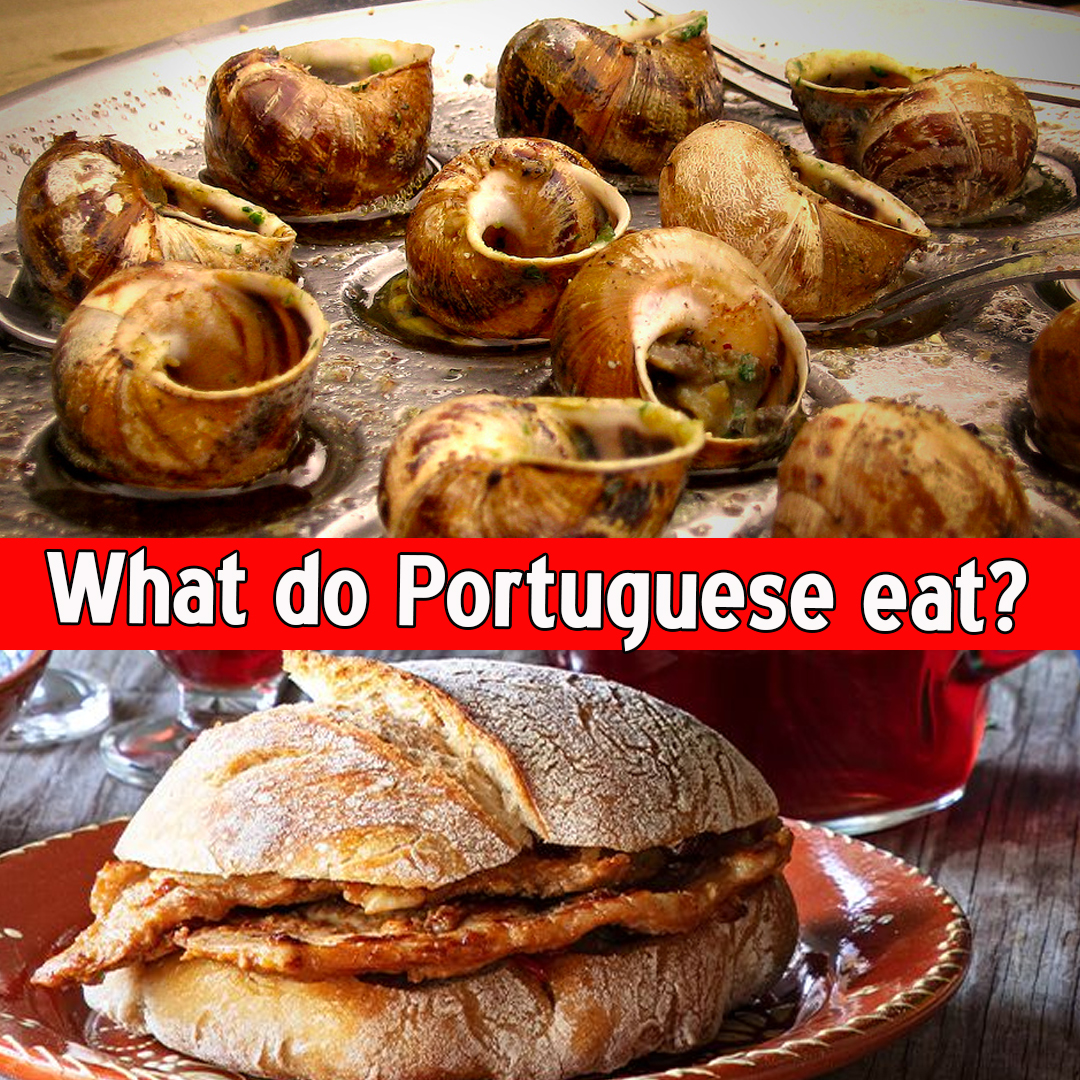


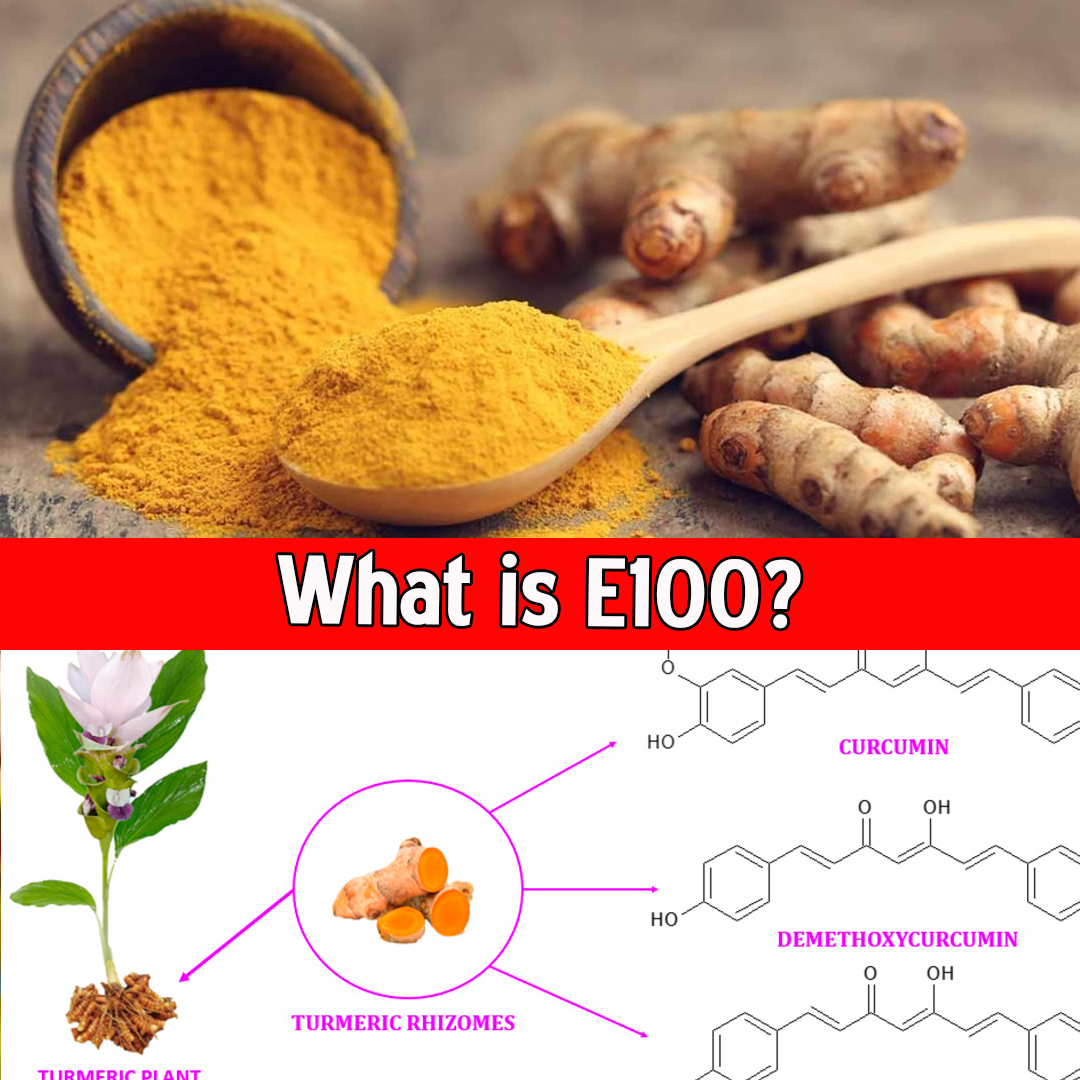

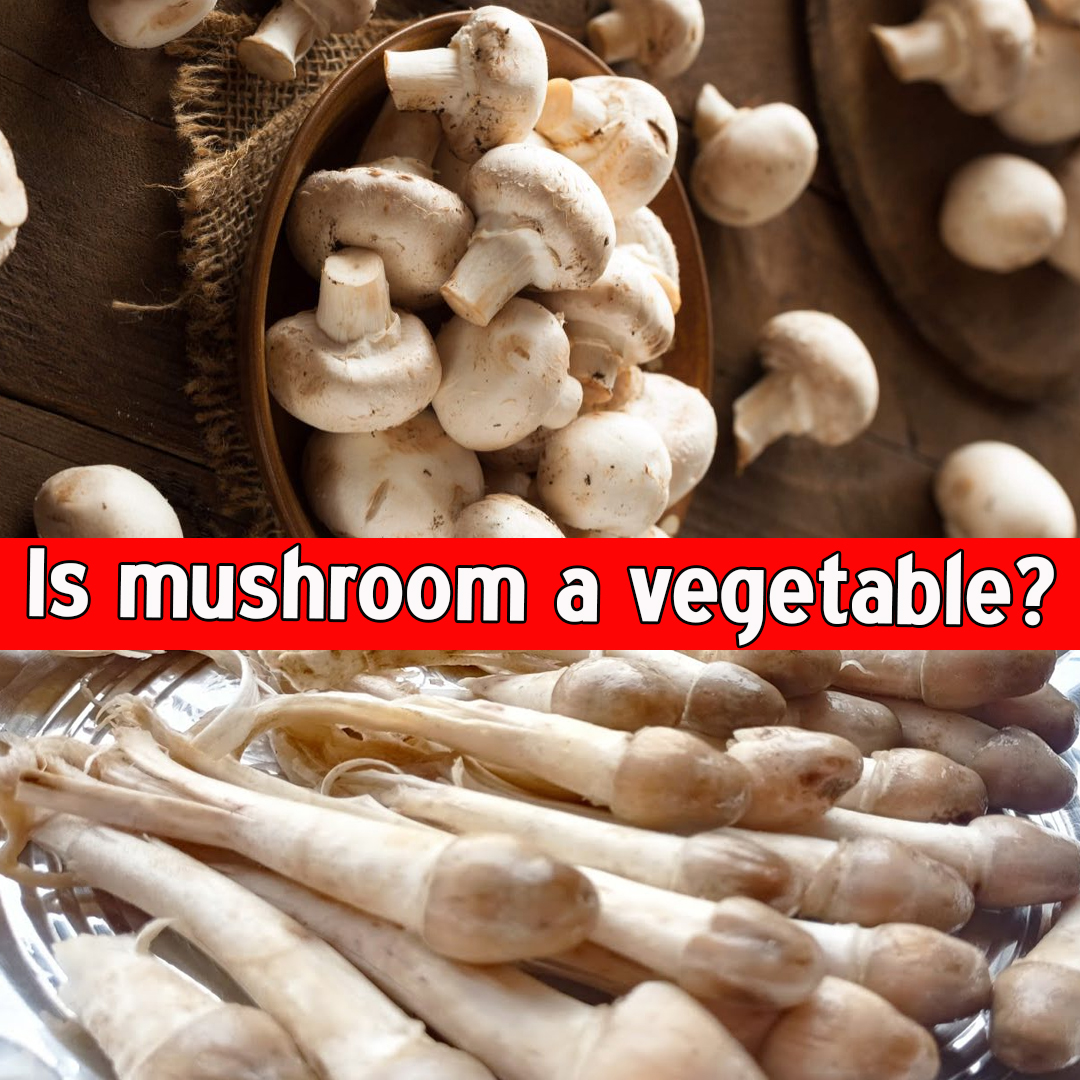



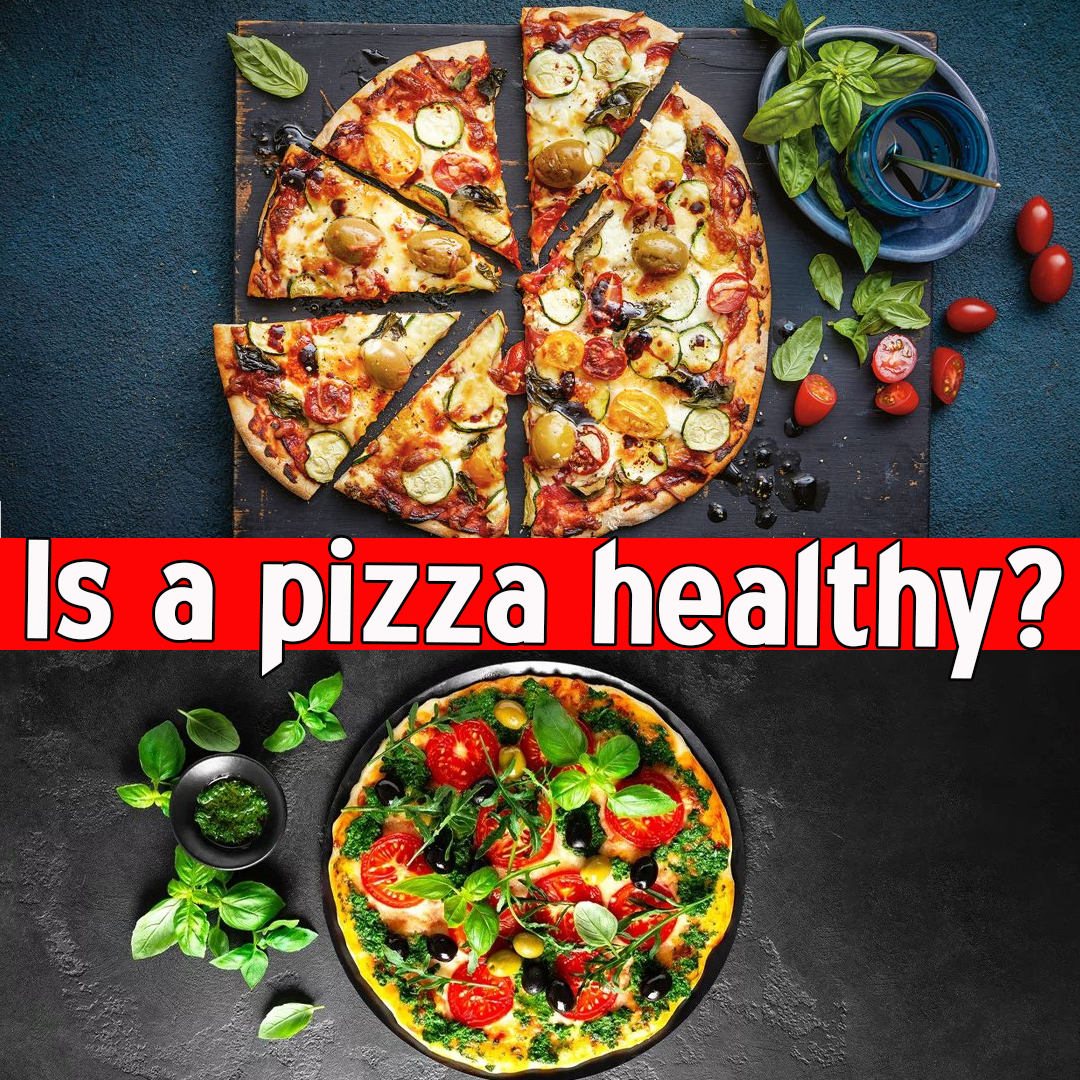




Leave a Reply